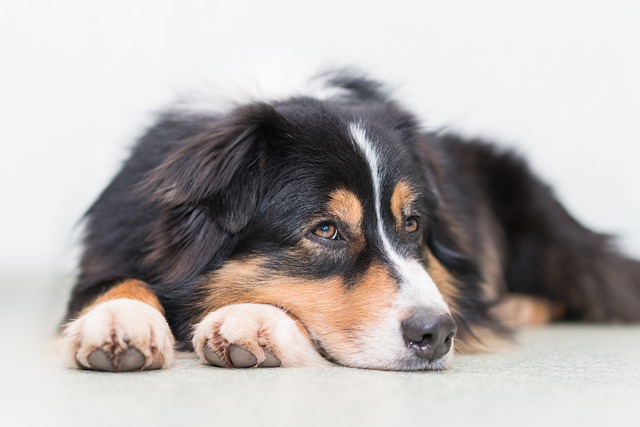
How can I tell if my dog's heatstroke is serious
Let’s be real: It’s a sticky August morning in Los Angeles, and you took your 2-year-old Golden Retriever, Max, for a walk a little later than usual
Lean proteins should form the backbone of any weight-loss plan for dogs. Chicken breast, turkey, and fish like salmon—cooked without added fats or seasonings—keep muscles strong while keeping calories in check. Many owners in the UK and US swear by mixing small portions of these with steamed veggies, but remember: onions and garlic are toxic, so stick to carrots, green beans, or broccoli.
Fiber-rich foods help dogs feel full longer, reducing the urge to beg between meals. Pumpkin (plain, not pie filling) is a favorite across Europe; a tablespoon mixed into kibble adds bulk without excess calories. Oats, cooked plain, work too, though always check with your vet first—some breeds have sensitive stomachs that need gradual changes.
Commercial weight-management formulas can work, but read labels carefully. Look for products with named protein sources (like "chicken" instead of "poultry by-product meal") and fiber from whole foods. In countries like Germany, stricter pet food regulations mean these standards are often easier to find, but it’s still smart to verify.
 Treats are often the hidden culprit in canine weight gain. Swap store-bought options for fresh alternatives: a slice of apple, a cube of watermelon, or a tiny piece of cooked sweet potato. Just be mindful of portion sizes—even healthy snacks add up. In places like Australia, where outdoor lifestyles mean more treats during walks, this swap can make a big difference.
Treats are often the hidden culprit in canine weight gain. Swap store-bought options for fresh alternatives: a slice of apple, a cube of watermelon, or a tiny piece of cooked sweet potato. Just be mindful of portion sizes—even healthy snacks add up. In places like Australia, where outdoor lifestyles mean more treats during walks, this swap can make a big difference.
Always consult with a veterinarian before starting any weight-loss plan. They can rule out underlying conditions like hypothyroidism, which can cause weight gain, and recommend a calorie target based on your dog’s breed, age, and activity level. In many European countries, regular vet check-ups are part of standard pet care, making this step easier to prioritize.
Combining the right food with increased activity is key. A brisk walk, a game of fetch, or even a swim (for water-loving breeds) burns calories and boosts metabolism. In cities like New York or London, where urban living can mean less space to run, structured play sessions become even more important.
Remember, healthy weight loss is gradual—about 1-2% of body weight per week is ideal. Rapid weight loss can lead to muscle loss or other health issues. By focusing on nutrient-dense foods, controlling portions, and staying consistent, you’ll help your dog reach a healthy weight and enjoy more energy for years to come.

Let’s be real: It’s a sticky August morning in Los Angeles, and you took your 2-year-old Golden Retriever, Max, for a walk a little later than usual

You're enjoying a summer afternoon at the park when you notice your dog has stopped panting and appears disoriented - their gums are bright red

Let’s paint the picture: You’re in your Denver apartment, watching your 4-year-old Boston Terrier, Ruby, plop down mid-play session with her favorite toy

Many dog owners notice their pets nails seem shorter after regular walks,but how much does this daily activity actually help?The answer depends on where you walk—concrete sidewalks or asphalt streets gently file nails as a dog's paws hit the ground

Most dog owners notice their pup scooting across the carpet at some point, but few connect it to impacted anal glands. These small sacs near a dog’s rectum secrete a scent for marking territory

Most vets agree that regular dog teeth cleaning is key to avoiding painful dental issues later. For healthy adult dogs, a professional cleaning at the vet’s office every 12 to 18 months usually works well.